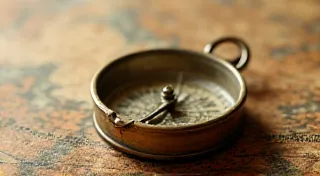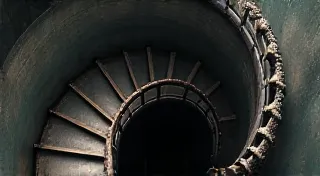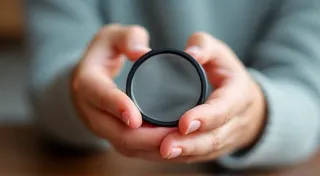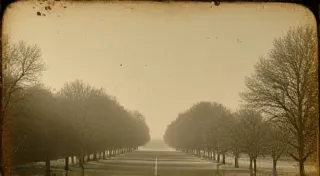Ephemeral Echoes: Tracing the Footsteps of History Through First Day Covers
The scent of aged paper. The gentle crackle as you unfold a piece of history. For a stamp collector, particularly one dedicated to First Day Covers (FDCs), these sensory experiences are more than just pleasant; they’re a portal. An FDC isn't simply a canceled stamp affixed to an envelope. It's a living document, a fleeting moment in time preserved, and a surprisingly intimate connection to the past. They are, in essence, ephemeral echoes, whispering tales of a world that once was.
My own fascination with FDCs began unexpectedly. My grandfather, a quiet man of meticulous habits, left me his stamp collection upon his passing. Among the neatly organized albums filled with mint condition commemoratives and classic definitives, a small, unassuming section held my attention – a collection of FDCs. Initially, I saw only stamps. But as I started examining them more closely, a broader narrative began to unfold. These weren’t just pretty pieces of paper; they were windows into a past I'm eager to understand.
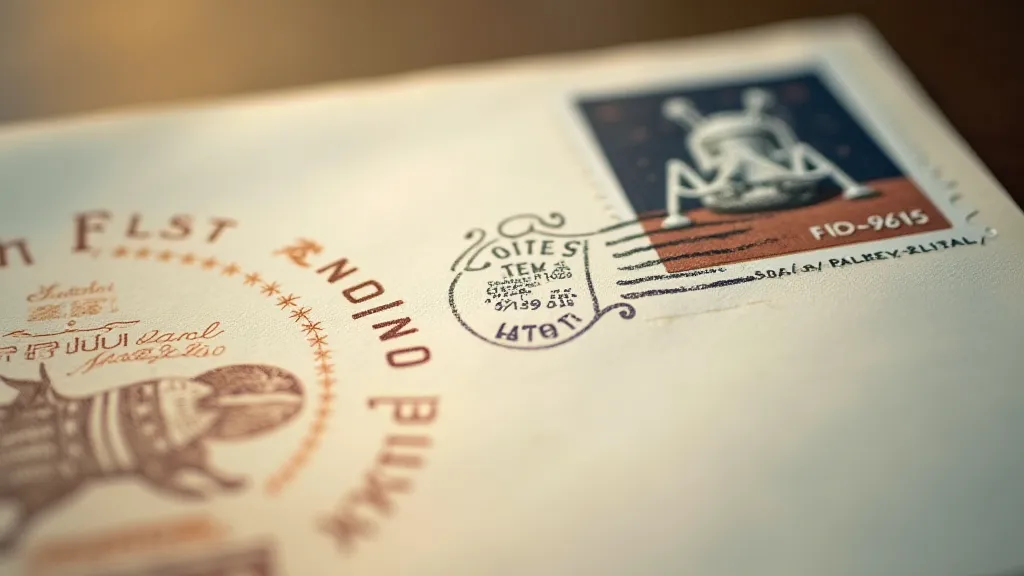
More Than Just Stamps: A Cultural Snapshot
The beauty of an FDC lies in its ability to encapsulate far more than the commemorative stamp itself. Consider the context. These covers were purchased and mailed on the very first day a new stamp was released, often to a pre-selected destination. The postmark – a seemingly insignificant detail – is a crucial piece of the puzzle. It reveals the city, the state, and the specific date of issuance. A postmark from a rural town in Iowa on a 1930s Airmail stamp offers a unique perspective on life in a small, agricultural community. Conversely, a postmark from Washington D.C. on a stamp celebrating a national event illustrates the intersection of government, public image, and historical commemoration.
Furthermore, the addresses themselves can provide surprising insights. Examining the handwriting reveals stylistic preferences of the era. The names and locations listed offer glimpses into families, businesses, and communities that thrived then. Even the quality of the envelope—the type of paper, the printing style—reflects the consumer products and postal practices of the time. One might be surprised by the subtle variations in design across different releases, a subject beautifully explored in The Cartographer’s Canvas: Mapping the Evolution of First Day Cover Design.
The Craftsmanship of a Lost Art
It's easy to take the precision of postal services for granted today. But the production of First Day Covers in the early to mid-20th century was a process steeped in craftsmanship. The US Postal Service (USPS), then the US Post Office Department, meticulously planned these releases. Collectors were encouraged to participate, driving demand and creating a unique market. The postal clerks, the individuals responsible for canceling the stamps and applying the postmark, were often highly skilled, taking pride in their work. A particularly crisp, well-aligned postmark is a testament to their dedication.
Today, the decline in traditional postal services and the rise of digital communication have diminished the allure of the First Day Cover for some. However, for the serious collector, the diminishing availability only increases the value and appreciation for these historical artifacts. The scarcity adds a layer of intrigue, heightening the thrill of the hunt.
Identifying and Evaluating First Day Covers
For newcomers to FDC collecting, understanding the essential criteria for identification is key. Firstly, the postmark is paramount. It must clearly indicate the city and date of the first day of issue. Secondly, the stamp itself should be in good condition, free from significant defects. A canceled stamp, by definition, lacks the premium associated with an uncancelled or mint condition stamp. However, the cancellation style and quality remain important factors. A vibrant, clear postmark generally commands a higher value than a faded or smudged one. Third, the envelope should be free from damage – tears, creases, or postal markings that obscure the stamp or postmark. A pristine, undamaged envelope significantly enhances the value of an FDC.
Identifying rare FDCs often requires detailed knowledge of USPS history and postal regulations. Certain cities or post offices, due to their historical significance or geographical location, may have produced particularly desirable covers. Errors – misprints, incorrect postmarks, or unusual cancellations – can dramatically increase the value of an FDC. These errors, often discovered years later by dedicated collectors, are highly sought after by specialists. The subtle color variations that sometimes accompany these errors also offer a fascinating study; an examination of Chromatic Reveries: The Art & Science of First Day Cover Color Variations provides a deeper understanding of these nuances.
Restoration and Preservation: A Collector's Responsibility
Like any antique, First Day Covers require careful handling and preservation. While outright restoration is generally discouraged – altering the original condition of an FDC diminishes its value – gentle cleaning and stabilization can prevent further deterioration. Acid-free archival sleeves and albums are essential for protecting covers from environmental damage. Careful storage in a climate-controlled environment helps prevent fading, discoloration, and embrittlement.
The ethical considerations of restoration are paramount. Collectors should always prioritize preserving the authenticity of the cover. Any restoration work should be disclosed transparently. A cover that has been significantly altered or repaired will typically command a lower price than a pristine, unaltered specimen.
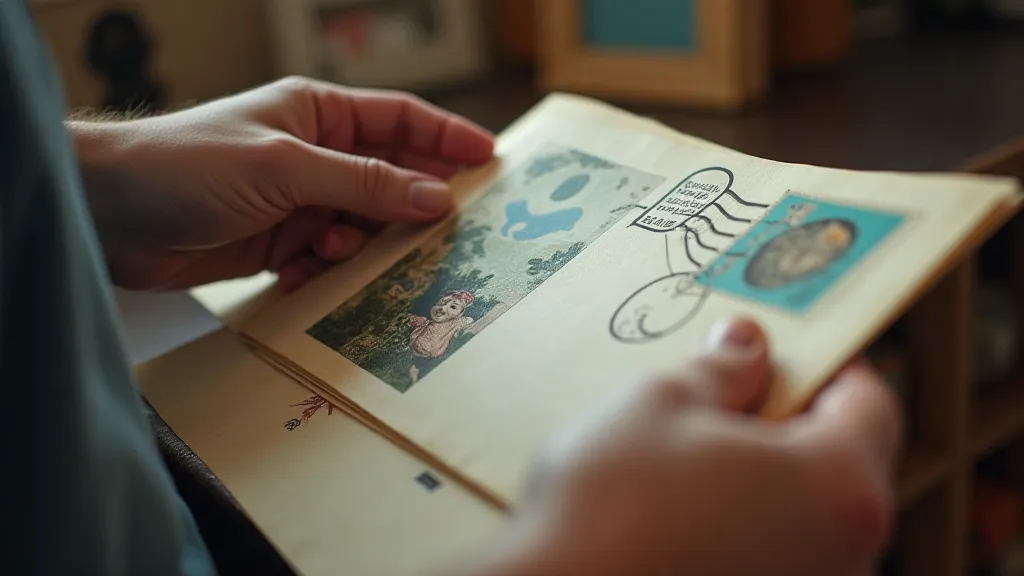
The Emotional Connection: More Than Monetary Value
While monetary value is a factor in collecting – and rare First Day Covers can command substantial prices – the true reward for the dedicated FDC collector lies in the emotional connection to history. Holding a First Day Cover is like touching a tangible link to the past. It’s an invitation to explore a bygone era, to imagine the lives of the people who purchased and mailed these covers, and to appreciate the craftsmanship and dedication that went into their creation. Understanding the provenance and the story behind each cover adds another layer of richness to the collecting experience, a skill that has developed over generations. Delving into the history attached to each cover is like deciphering a hidden code – a fascinating subject explored further in The Oracle of the Postmark: Deciphering the Secrets of First Day Cover Provenance.
My grandfather's collection, once a source of curiosity, is now a treasured inheritance. It’s a reminder of his meticulous nature, his appreciation for history, and his quiet passion for the beauty of the commonplace. Each First Day Cover tells a story, and it's up to us, the collectors, to listen closely to those ephemeral echoes, ensuring that these precious fragments of history continue to be preserved and cherished for generations to come.
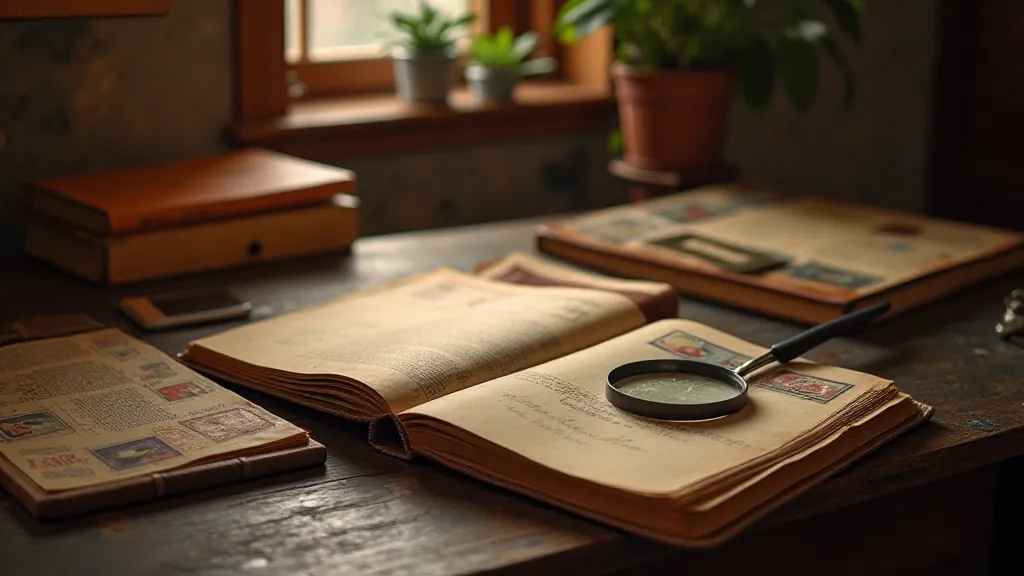
The tangible nature of these artifacts allows for a direct connection to the past, bridging the gap between historical accounts and lived experiences. It’s a way to not only appreciate the historical significance of events but also to gain insight into the everyday lives of people who lived through them. The study of First Day Covers becomes more than a hobby; it's a window into another time, offering a unique perspective on the evolution of society, communication, and culture.
The beauty of First Day Covers also lies in the stories they encapsulate. Imagine the hands that carried these envelopes, the lives they touched, and the moments they represented. Each cover is a snapshot of a specific time and place, capturing a fleeting moment in history that might otherwise be lost to the sands of time. The meticulous attention to detail, from the design of the stamp to the quality of the postmark, reflects a dedication to preserving memories and celebrating achievements.
Looking ahead, the future of First Day Cover collecting may involve a greater emphasis on digital preservation and online communities. While physical collections will always hold a special place, digital archives can help ensure that these historical treasures are accessible to a wider audience. The ongoing evolution of postal services and the increasing importance of technology will undoubtedly shape the future of this fascinating hobby.
